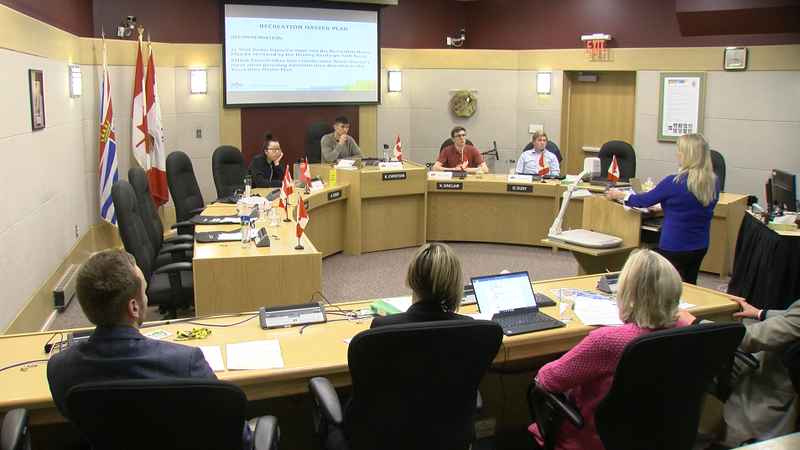
HUNTER: The future of governance starts today
AT A RECENT THOMPSON-NICOLA REGIONAL DISTRICT (TNRD) meeting, Director Bill Sarai raised the idea of forming a youth board of directors similar to the Junior Council established by the city of Kamloops.
I think this is a great idea and kudos to Sarai for starting the discussion. I am a bit biased as the former appointed council liaison to Junior Council. I asked for that appointment because I believe so strongly in the importance of youth voices in democracy and in engaging youth in politics and community.
This generation will be impacted most immediately by decisions being made now and the stewards of policies made by current generations. They will also be responsible for either carrying these policies forward or changing them, with the next generation in mind.
The ACE Electoral Knowledge Network (or ACE), an international organization affiliated with the United Nations, asserts, “when young people are disenfranchised or disengaged from political processes, a significant portion of the population has little or no voice or influence in decisions that affect group members’ lives. A key consequence is the undermining of political systems’ representativeness.”


